The origins of squash and pumpkin decorations come from an unlikely place. Celts believed that from dusk on October 31 until dusk on November 1, souls of those who had died that year would pass on, meaning it was also when ghosts would be most present. Based on an ancient Celtic holiday named Samhain, they placed carved jack-o-lanterns on porches and in windows to ward away evil spirits. Their creations were made from carved turnips, beets, or potatoes with burning lumps of coal inside them to add light.
Jack-o’-Lanterns
The term “jack-o’-lantern” is believed to be originated from an Irish myth about Stingy Jack, who played tricks on everyone. When Stingy Jack died, he was denied entry into both heaven and hell, and supposedly was forced to roam the world as a ghost who carried a lantern made from a carved turnip. People used to carve turnips and other vegetables on Halloween until pumpkins became more available. Pumpkins offered more space for carving, and they remain the most popular Halloween decoration to this day. The carved pumpkin decorations became known as jack-o’-lanterns, after Stingy Jack, who carried his own carved lantern.
Decorations in the United States
During the 1800s, Irish immigrants brought Halloween to America, after discovering that pumpkins made the perfect jack-o’-lanterns. Today, the pumpkin carving tradition is synonymous with Halloween and its traditions. There are an astonishing 1.5 billion pounds of fresh pumpkin varieties grown in the United States each year, and a majority of those are sold for Halloween. Ireland, England, and other parts of Europe also take part in pumpkin carving each Halloween, making it one of the most recognizable traditions in the world.
The origins of squash and pumpkin decorations might be unlikely, but enjoying one of our soups isn’t. Pop into one of our two locations and ask about our creamy pumpkin and coconut soup, or any one of our other delicious soups. You can also order online.

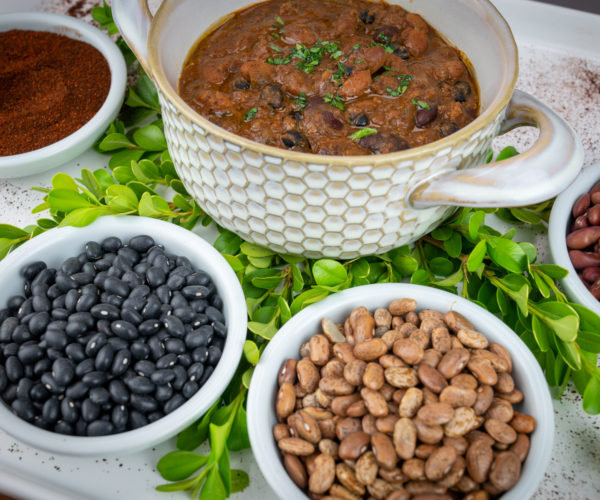
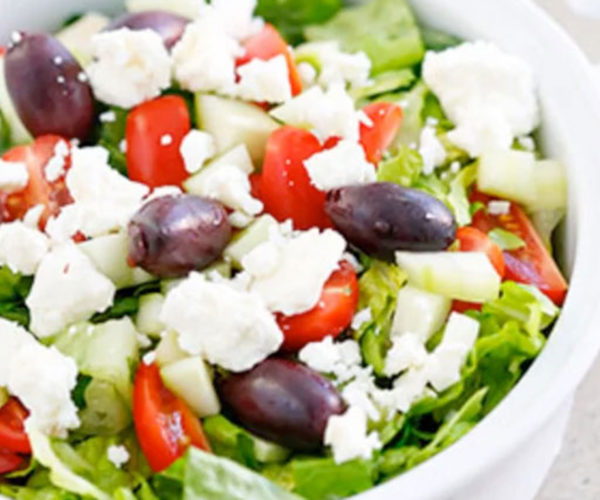

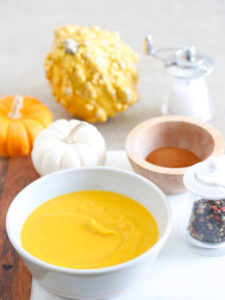
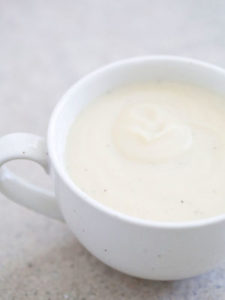
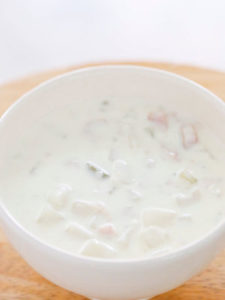
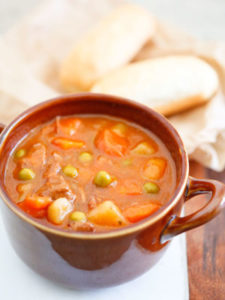
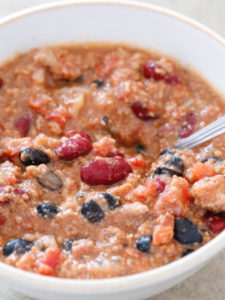
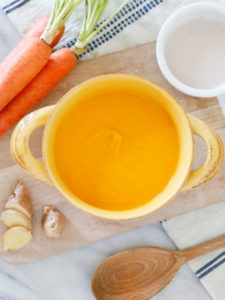
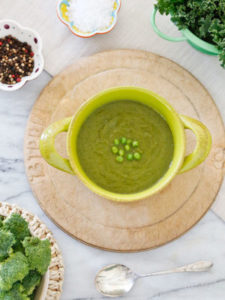
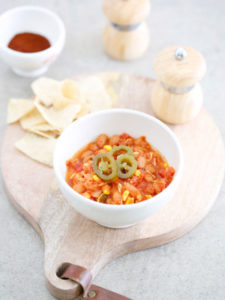
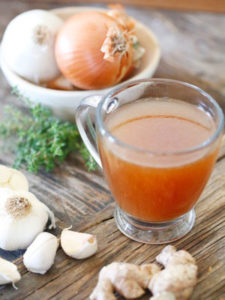
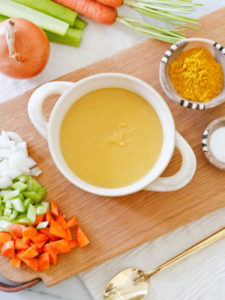 Deep and aromatic, high in protein and fiber, and always super-delicious though never heavy-handed.
Deep and aromatic, high in protein and fiber, and always super-delicious though never heavy-handed.